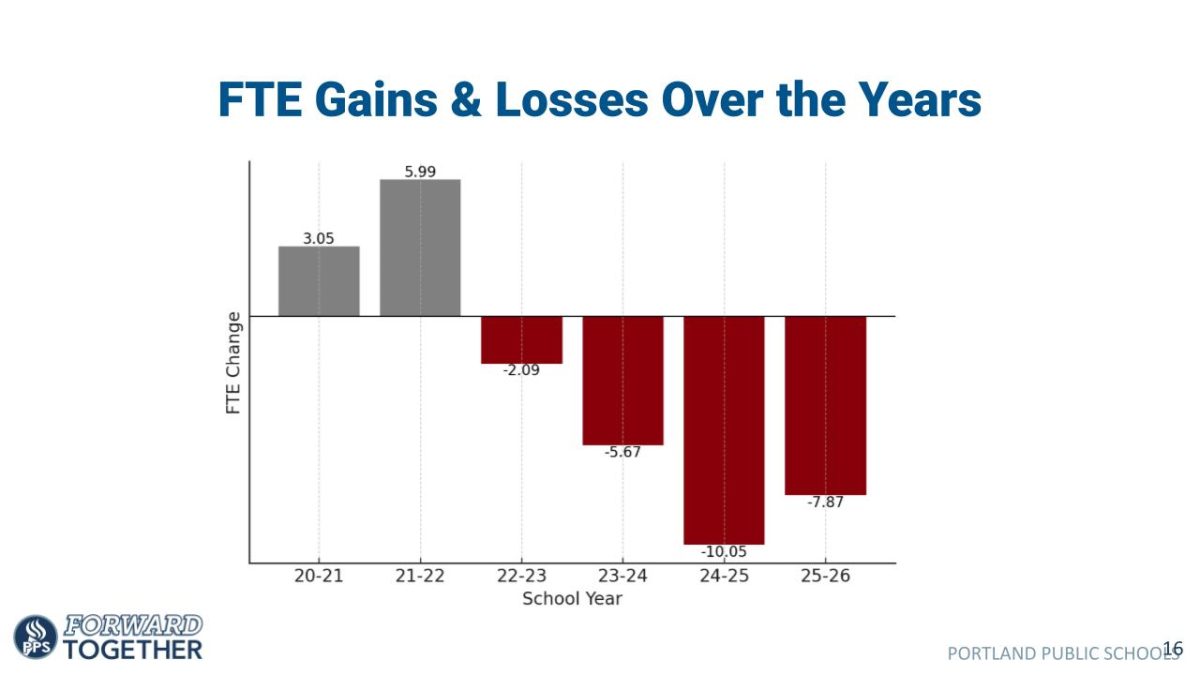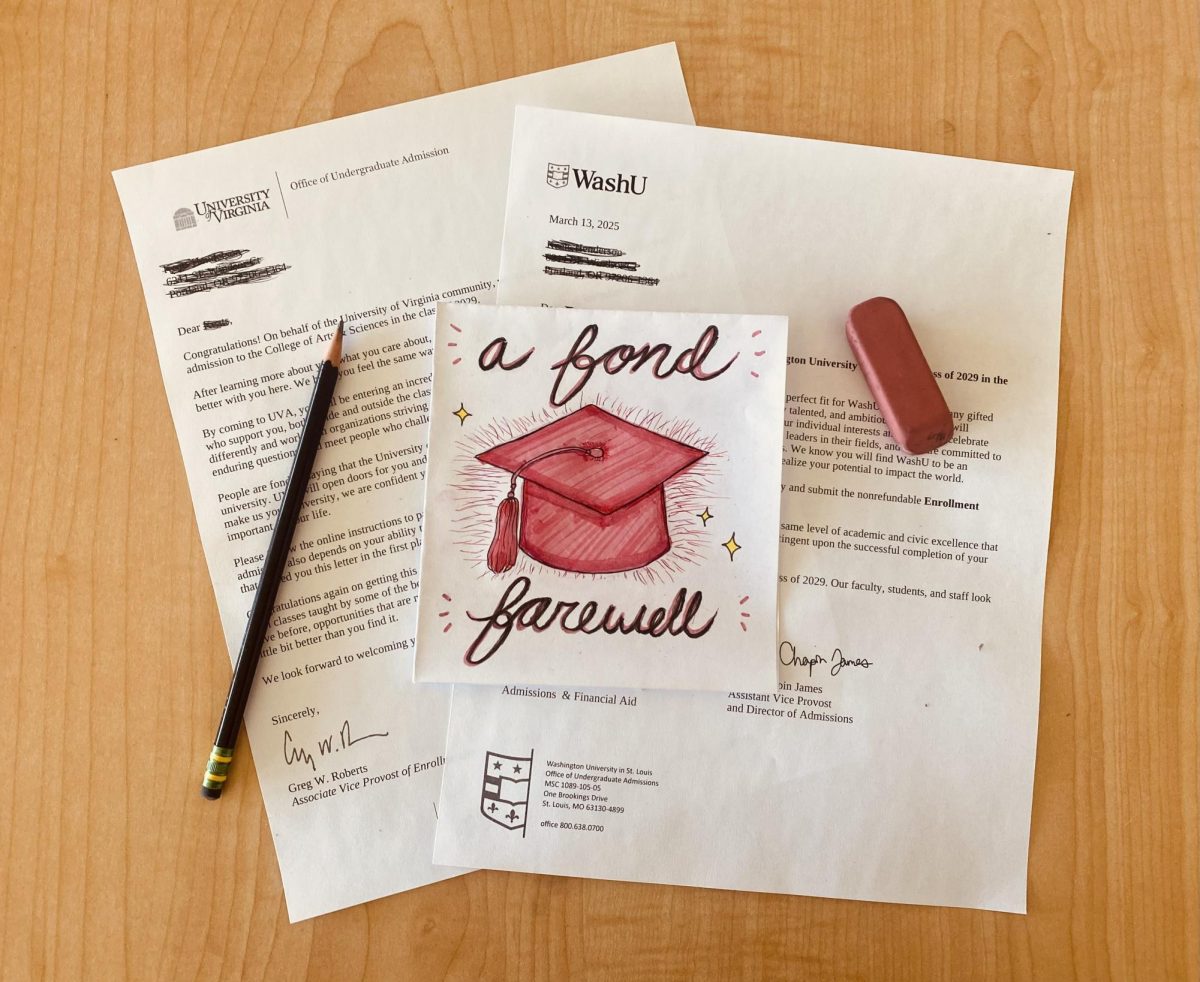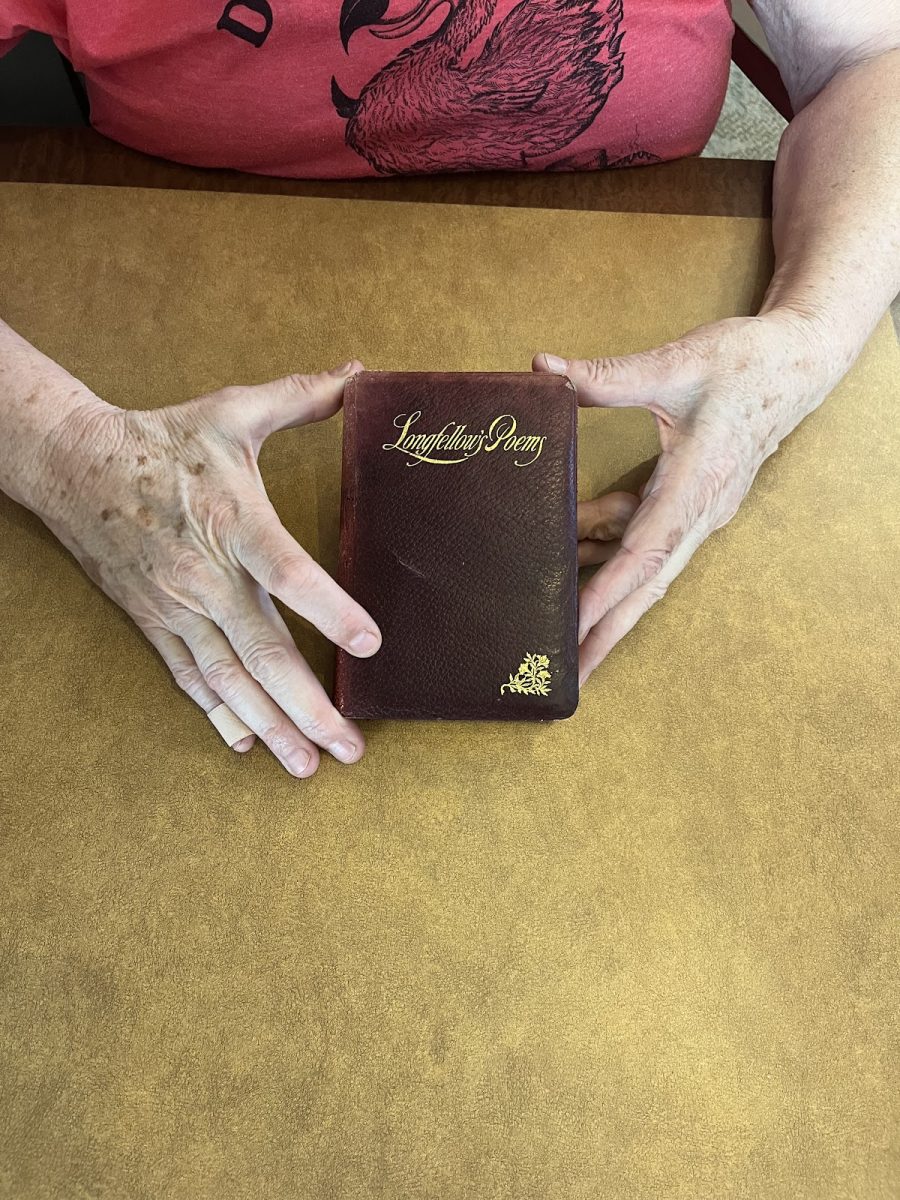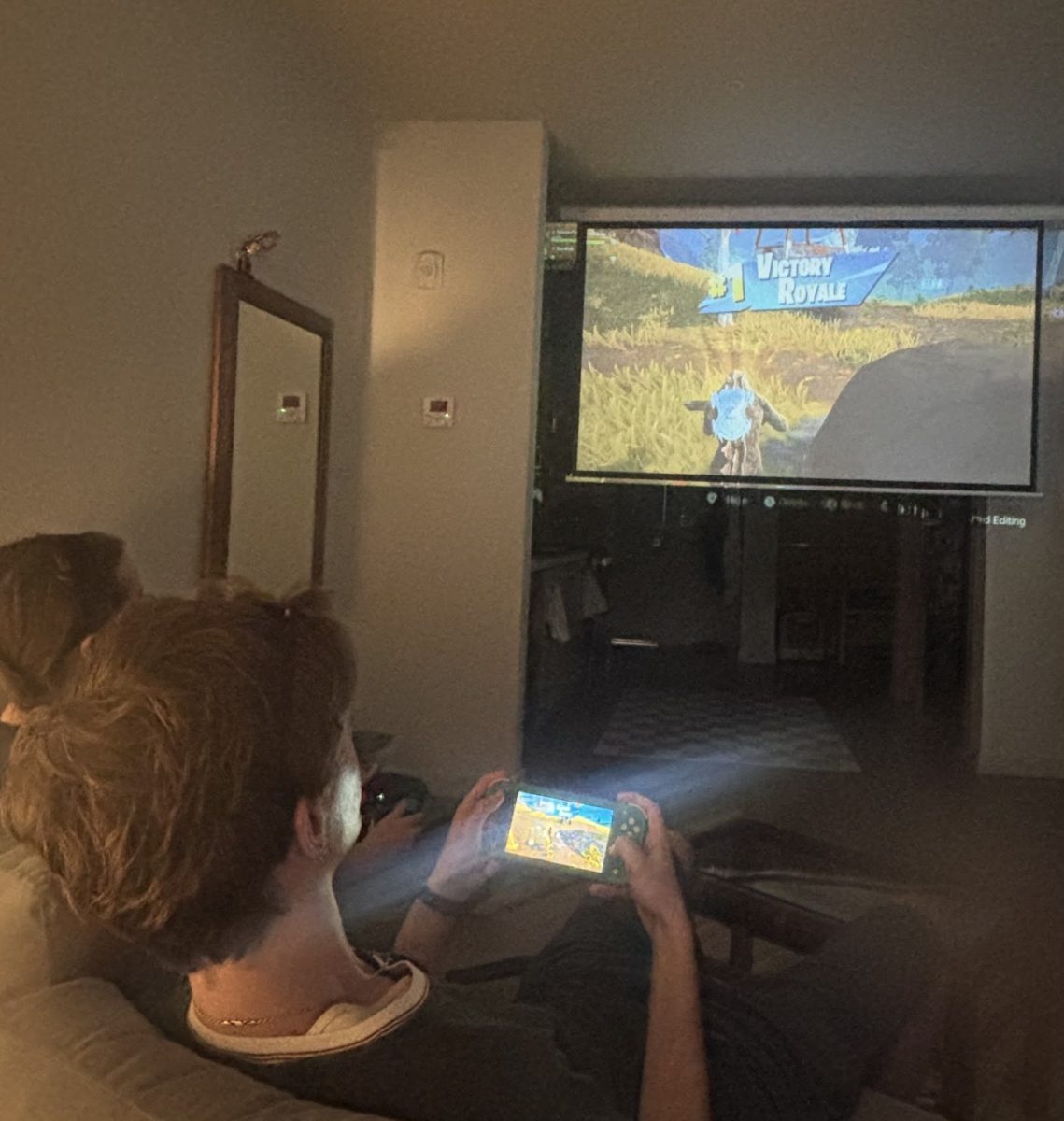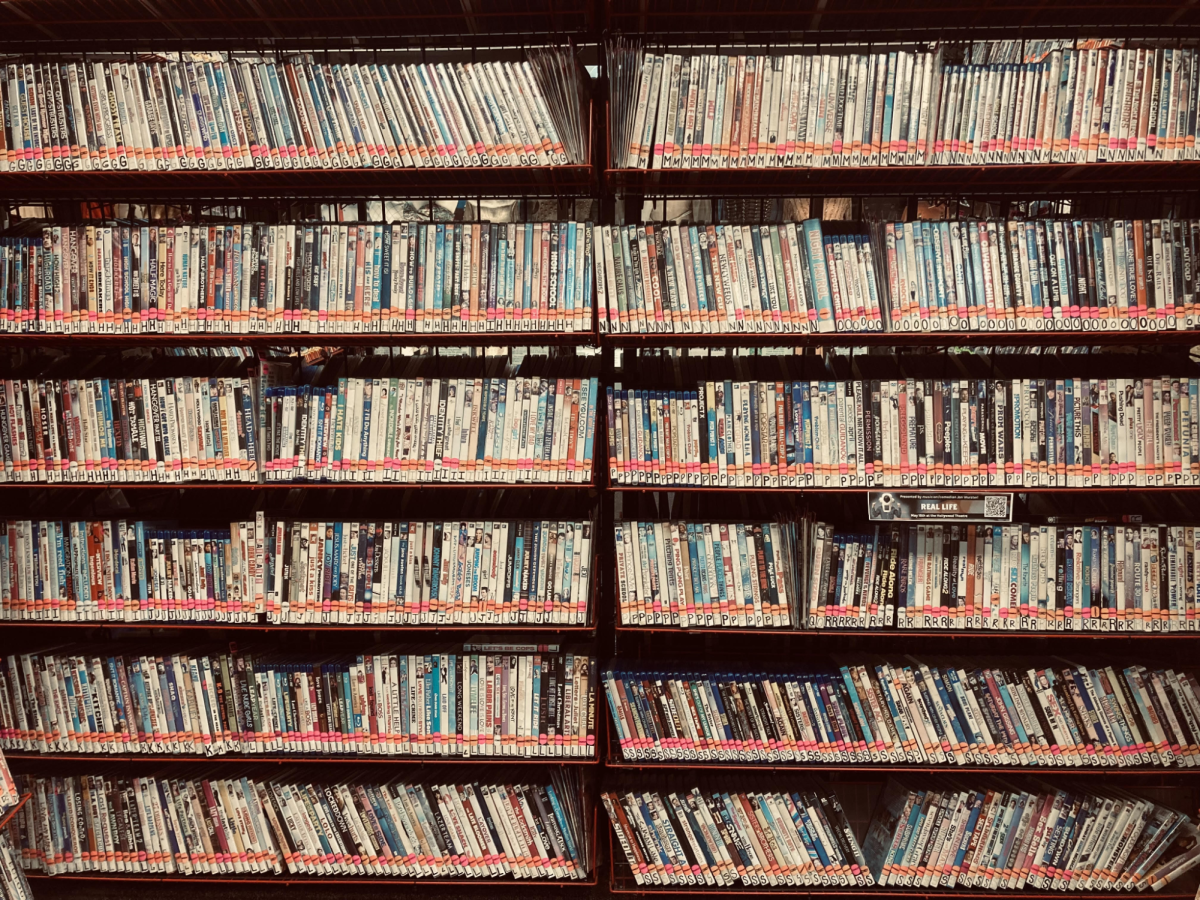
They’re easily recognizable and ethically questionable. They’re ubiquitous. They’re love it or hate it. They are family influencers.
If you have spent over an hour scrolling through YouTube or Instagram, it’s almost inevitable to have run into some kind of family influencer content. Family influencer accounts are big on shock value, with capitalized titles and captions, exclamation marks, and the shocked, elated, or tearful faces of children.
In the past five years, news headlines have often been littered with family influencer scandals. In 2019, the arrest of Machelle Hobson, who ran the YouTube account, “Fantastic Adventures,” for abusing her adopted children when they would forget lines or make mistakes while filming videos, rocked the internet. In August 2023, Ruby Franke, who documented the lives of her six children on the YouTube channel, “8passengers,” was charged with multiple accounts of aggravated child abuse, some of which had happened on-camera and were motivated by religious extremism. These occurrences are not isolated, nor is child abuse the only potential issue with child-focused content.
Emerging in the early 2000s, “mommyblogs,” or blogs written by women about their lives, families, and motherhood, became popular in part because of the authentic portraits they painted of family life. Mothers found community and felt seen through these blogs. With the release of YouTube in 2005 and Instagram in 2010, some of these blogs leapt to the new social media platforms, where they began creating vlogs and sharing their lives through photos. The accounts and channels that materialized on the coattails of mommyblogs either kept the same spirit or abandoned it. The content that thrived was either the most authentic, or extreme and borderline ludicrous, but nonetheless centered around the idea that the viewer was peering into the creator’s personal life.
Privacy, or the lack thereof, is one of the central ethical concerns for children in the social media spotlight. The majority of family influencer content is meant to feel personal, like you’re right there along with the family, following their highs and lows as you would experience your own. While this isn’t necessarily malicious by nature, this content is generated from something tangible: actual lived experiences of children. In 2021, family YouTuber Jordan Cheyenne mistakenly posted a clip of her directing her eight-year-old son to cry for a video about their sick dog. “Come closer,” she said, before instructing him on where to put his hand, how to scrunch his face, and where to look. “Act like you’re crying,” she told him. “I am crying,” he responded.
While a video titled, “I STARTED MY PERIOD MUM!” might feature more generally private information than one titled, “First Day of Middle School,” both function on the basis that virtually every aspect of a child’s life is one that can be confided to the internet. This lack of privacy between what is personal and what is public, and the lack of boundary between what is work and what is life, is bound to have negative impacts on the very young people involved with family channels.
“I try to take safety and privacy into consideration as much as I can, while still living life with enjoyment and not living out of fear or constant sheltering of my kids,” says Kimberly Hopkins, the owner of an Instagram account with a modest following. “I try to not post any stories while we are in public at a specific location. I usually wait until we have left to share our experience. I also try my best to avoid school names, home addresses, [and] license plates.”
Content that doesn’t sensationalize the private lives of children cannot be as exploitative as content that does. Family content creators might not always be fabricating dramatized situations for likes and views, but rather just sharing. While it might not be exploitative, sharing on the internet can still be dangerous. “I do the best I can, but at the end of the day, I also recognize that there are dangers everywhere, and if I tried to avoid all of them, we would not live life fully,” says Hopkins. Is posting on the internet an implicitly dangerous act? Are all rights to privacy waived once something reaches social media?
On both Instagram and YouTube, content can be monetized. Creators can make money from their Instagram accounts through brand deals and sponsored posts, and off their YouTube channels through ads. This further complicates the ethics of family content.
The LaBrant Fam, a popular YouTube channel with 12.9 million subscribers, reportedly makes over 5 million dollars a year, according to Neoreach.com. Their channel revolves around their family, specifically their five children. While their earnings may be on the more extreme side, Forbes reports, “The earning potential [for influencers] varies widely, with some influencers making a few hundred dollars per post, while top influencers can earn thousands or even millions annually.”
For smaller family influencer accounts, social media might not be a primary or secondary source of income. Nevertheless, the link between viewership and profit is solid. In 2019, the Pew Research Center reported that “[YouTube videos] featuring children under the age of 13 were associated with more views and more channel subscribers, regardless of target audience.”
Financial exploitation thus becomes a dangerous possibility of family content. “Traditional child actors have protections for their earnings. However, the child stars of family influencing accounts can make large sums of money and do not have the same protections in place,” says Chris McCarty, student founder and executive director of Quit Clicking Kids, an organization “[aiming] to protect the rights of children who are monetized online by introducing and promoting protective legislation.” McCarty says the financial exploitation of social media child stars is similar to the exploitation experienced by child actors before the Coogan laws.
Jackie Coogan was a child actor who starred alongside Charlie Chaplin. Coogan’s fame wasn’t without trouble. In 1938, the then 23-year-old actor discovered his mother and step-father had squandered the majority of his earned money. He sued and was able to recover part of his fortune. This case led to California instating the California Child Actor’s Bill, or the Coogan law, which stipulated that 15% of a child’s earnings must be placed in a trust until adulthood. Similar laws are in place in New York, Illinois, Kansas, Louisiana, Nevada, New Mexico, North Carolina, Pennsylvania, and Tennessee.
“Children can face pressure to perform once their ‘antics’ and personal information are used as content for a monetized family channel,” says McCarty. “Without legal protections, there is no guarantee that the revenue generated from ads, merchandise, sponsorships, etc., will be set aside for that child.”
First-of-its-kind legislation was passed in Illinois this summer, mandating that minors must receive monetary compensation if they appear in at least 30% of their parents’ content over a 30 day period. “An ideal future would see federal protections for all child influencers,” says McCarty. “This could potentially look like one of the pieces of legislation that have been introduced in different states [such as Illinois], [or] like an addition to the Fair Labor Standards Act.”
While financial exploitation is a real and serious issue, revenue gained from family influencer content doesn’t always have to be harmful to the children involved. Influencing, in today’s world, is a lucrative business, the proceeds from which could be used by influencers as a primary source of income, used to support their family.
“The question of consent is the biggest concern for child influencers on social media,” says McCarty. “I believe it is important for parents to always ask their children if they are okay with being featured in the account. Children cannot legally consent, but asking for their permission can at least help parents gauge their child’s willingness.” Ages of consent in the U.S. range between 16 and 18 years of age; Oregon’s is set at 18. “Decisions that can permanently impact someone’s life should be a decision that the affected party can legally consent to,” adds McCarty.
McCarty suggests consent should follow the acronym FRIES: Freely given, Reversible, Informed, Enthusiastic, and Specific. “These kids are minors and working for their family, indicating that consent may not be freely given, the internet is not easily reversible, these kids are often too young to be properly informed about what is going on,” they say, “and therefore cannot be enthusiastic or specific about the types of content they are comfortable sharing.”
Consent is a very important aspect of the ethical creation of family content. It’s important for the children involved to know what they are getting into and to feel like they have an out. “I am very transparent with my kids about what I am posting and why,” says Hopkins. “If I have a collaboration and it is helpful for my kids to be involved, I ask them if they would like to be included. There have been times [when] some of my children have told me no, and I always respect that.”
It’s not a new idea that our increasingly digital age involves ever-complicating situations, especially when it comes to children. Lawmakers, parents, and teachers alike express their concerns about the effects of the internet, social media, and phones on children. Youth can be unable to take a step back and observe, and we lack the ability to examine our online practices in a constantly changing landscape. Family influencing is a practice for which ethical violations may be inherent. Despite this, it is more important to analyze this content through a critical lens, to consider our own moral compasses, and continue to place our standards of safety, decency, and privacy at the forefront of our considerations about it.



